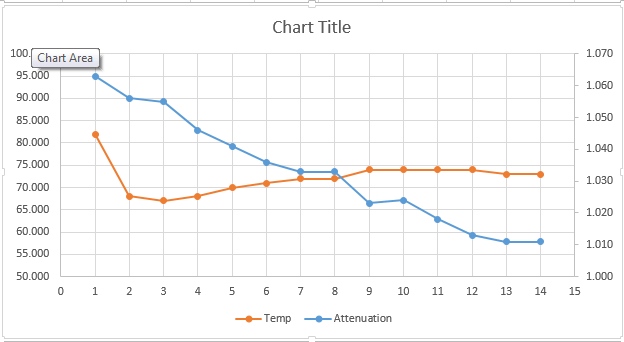so, I have been experiencing long lag times with my last 3 brews, and tried some techniques with yesterdays batch to shorten this a bit. First, I pitched my yeast at 80 degrees (5 degrees over the recommended range), second I intentionally over-pitched my yeast (by about 75 percent). As a result, I had virtually no lag time with this batch (about 1hour before I started seeing co2) Wondering if anyone has experienced this before? Are there any detrimental effects on the quality of the beer caused by having virtually no lag?
Here is the recipe (2.5 gal batch)
8lbs Pilsner
5 oz flaked corn
2 oz aromatic
3 oz crystal
8oz candi sugar
Gypsum, epsom, cal chloride and lactic acid added to distilled mash water. PH = 5.3
(hops, orange peel, etc)
I used wyeast 3944 (Belgian wit). Recommended temp range is 62-75
Built cell count up with a starter to 180b, about 150-175 percent of what is needed with 2.5 gallons of 1.070 wort. Pitched full starter at high krausen.
Process:
2pm- chilled wort to 80 with wort chiller, transferred to carboy, hit with 60 seconds O2
3pm- pitched yeast at 80, put in fermentation chamber
4pm- temp had cooled to 75, slow bubbling
5pm - temp had cooled to 72, moderate bubbling
6pm - temp had cooled to 68 (target temp), moderate bubbling
8am (next day) -temp at 68, moderate to rapid bubbling (not at full krausen yet). Gravity down 4 points (so, about 7 percent attenuated)
I suppose the quick start could be due to the candi sugar, the warm pitch, over-pitching the yeast, or pitching an actively fermenting starter. In any case, it started a lot faster than I anticipated. I know that it’s been pretty well proven that pitching slightly warm (10 degrees over target) is not an issue, as long as you cool to target temperatures by the end of the lag phase, but typically you still see a 3-8 hour lag. Any opinions why mine started so fast? Do you think I will see any effect on the beer?
Here is the recipe (2.5 gal batch)
8lbs Pilsner
5 oz flaked corn
2 oz aromatic
3 oz crystal
8oz candi sugar
Gypsum, epsom, cal chloride and lactic acid added to distilled mash water. PH = 5.3
(hops, orange peel, etc)
I used wyeast 3944 (Belgian wit). Recommended temp range is 62-75
Built cell count up with a starter to 180b, about 150-175 percent of what is needed with 2.5 gallons of 1.070 wort. Pitched full starter at high krausen.
Process:
2pm- chilled wort to 80 with wort chiller, transferred to carboy, hit with 60 seconds O2
3pm- pitched yeast at 80, put in fermentation chamber
4pm- temp had cooled to 75, slow bubbling
5pm - temp had cooled to 72, moderate bubbling
6pm - temp had cooled to 68 (target temp), moderate bubbling
8am (next day) -temp at 68, moderate to rapid bubbling (not at full krausen yet). Gravity down 4 points (so, about 7 percent attenuated)
I suppose the quick start could be due to the candi sugar, the warm pitch, over-pitching the yeast, or pitching an actively fermenting starter. In any case, it started a lot faster than I anticipated. I know that it’s been pretty well proven that pitching slightly warm (10 degrees over target) is not an issue, as long as you cool to target temperatures by the end of the lag phase, but typically you still see a 3-8 hour lag. Any opinions why mine started so fast? Do you think I will see any effect on the beer?
Last edited:






![Craft A Brew - Safale BE-256 Yeast - Fermentis - Belgian Ale Dry Yeast - For Belgian & Strong Ales - Ingredients for Home Brewing - Beer Making Supplies - [3 Pack]](https://m.media-amazon.com/images/I/51bcKEwQmWL._SL500_.jpg)




















































